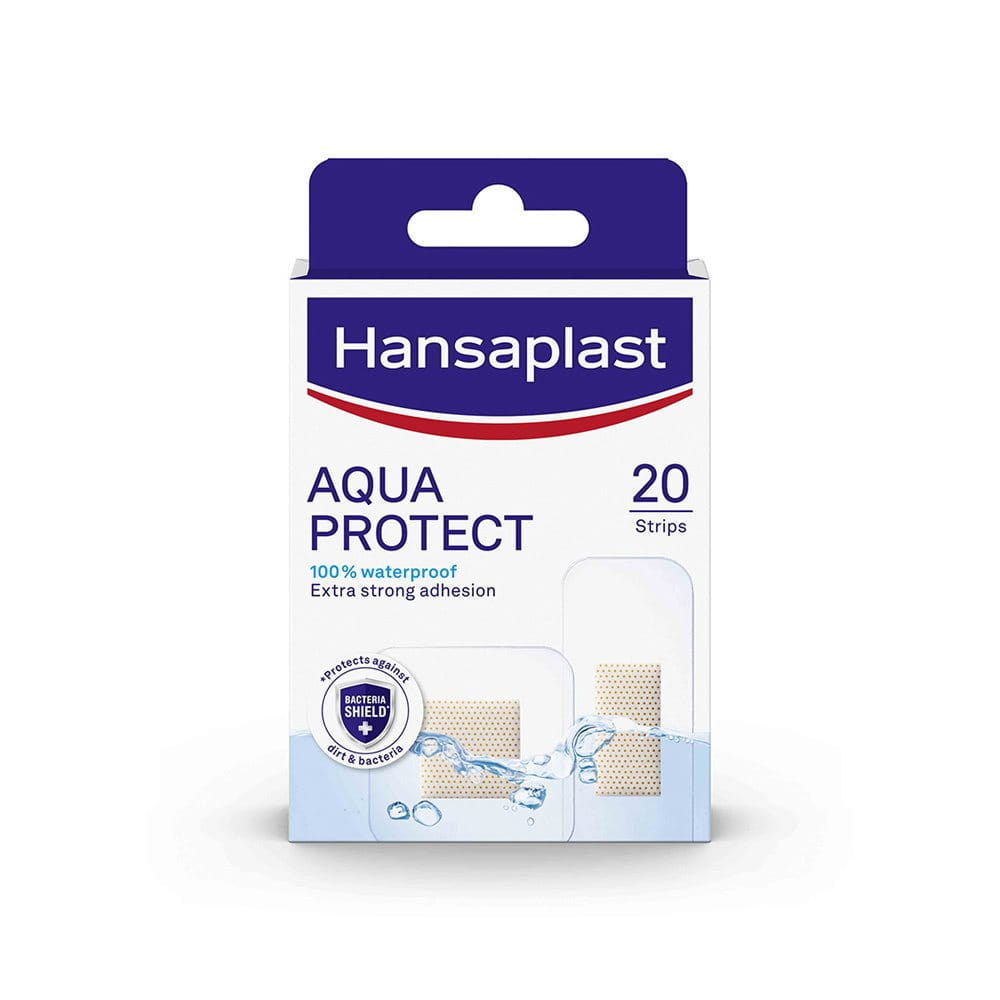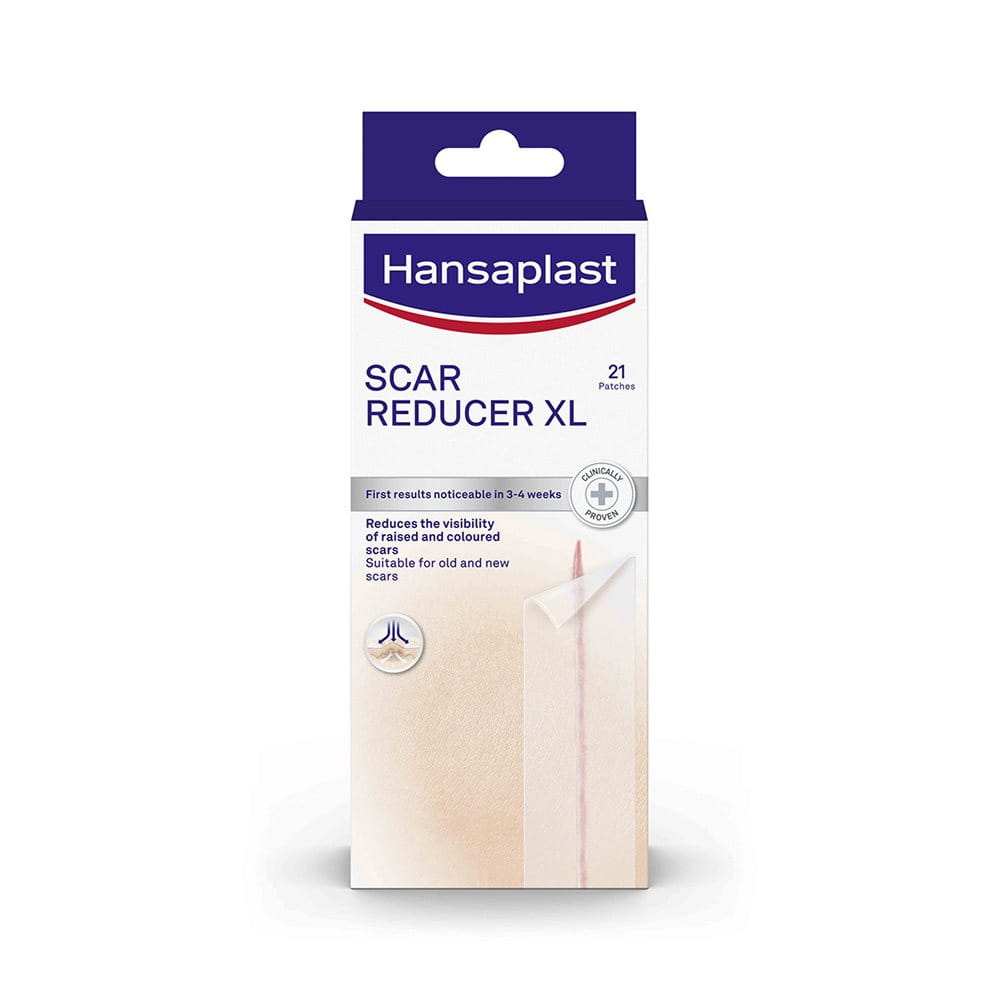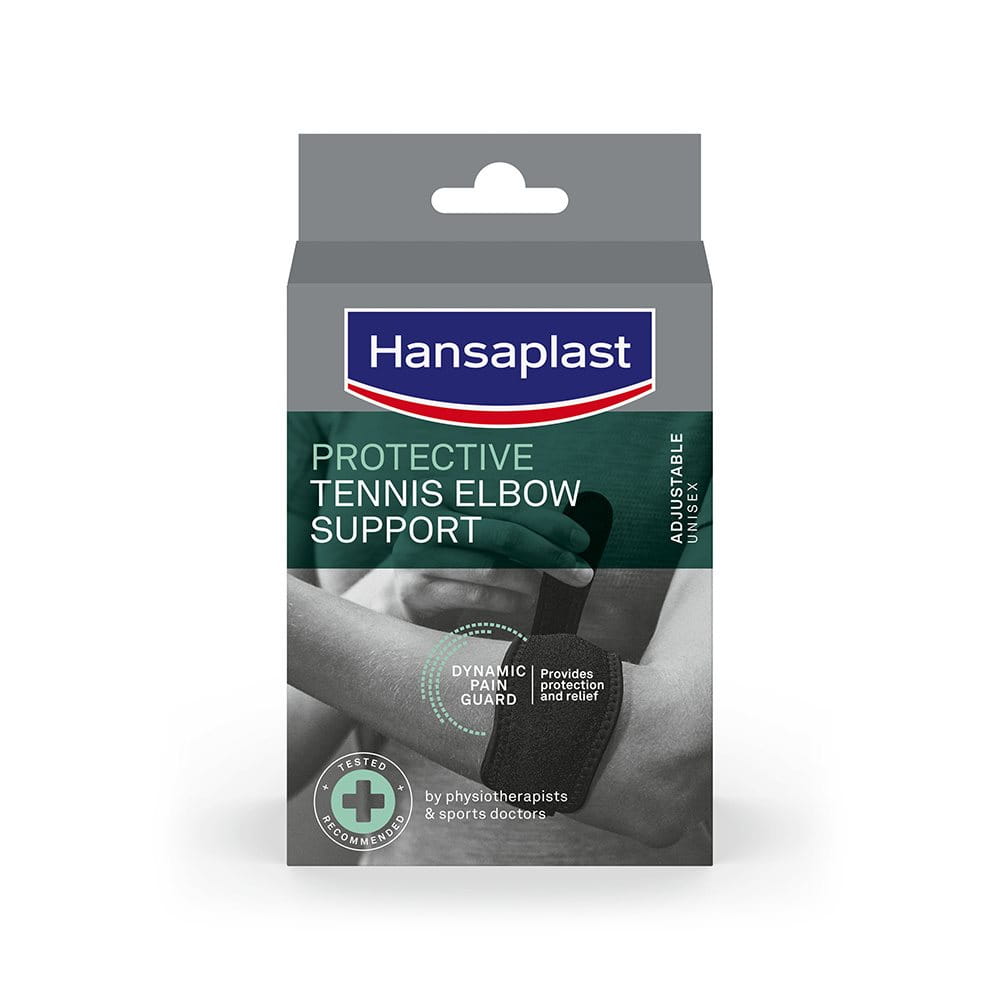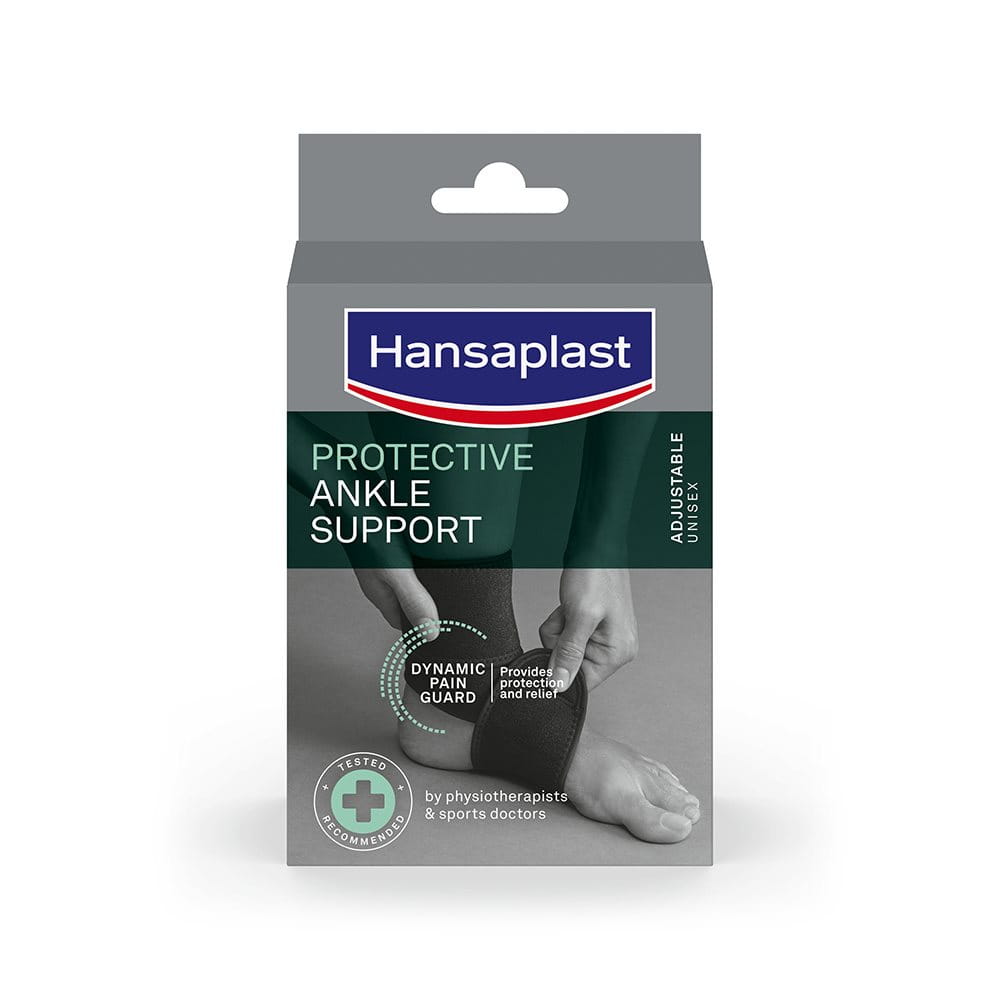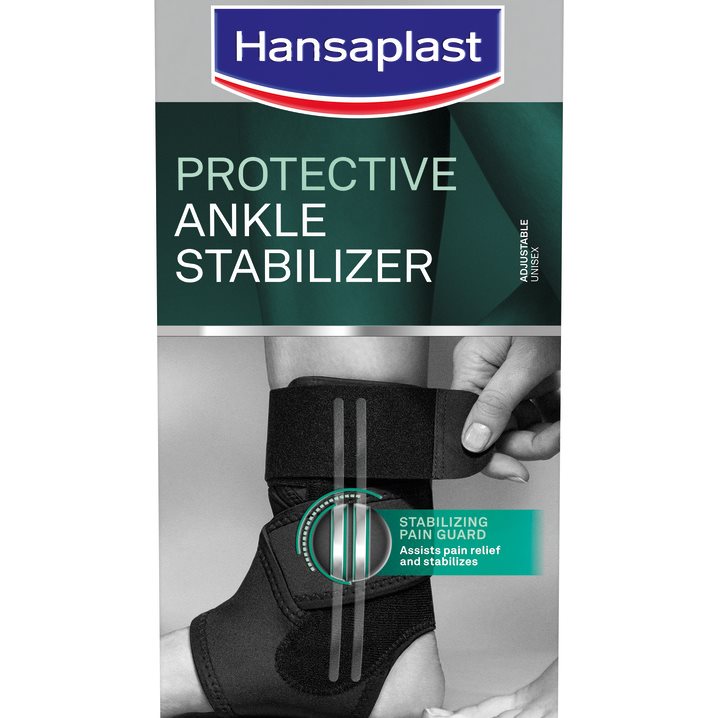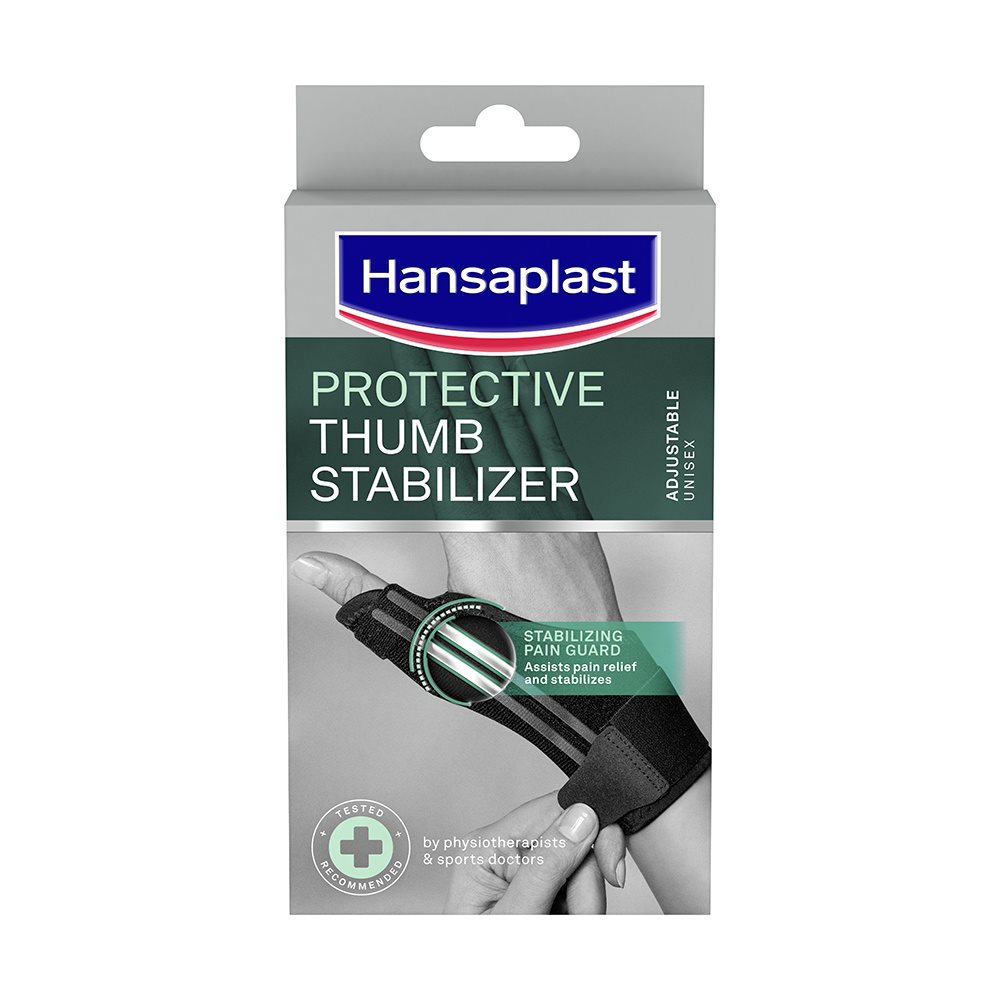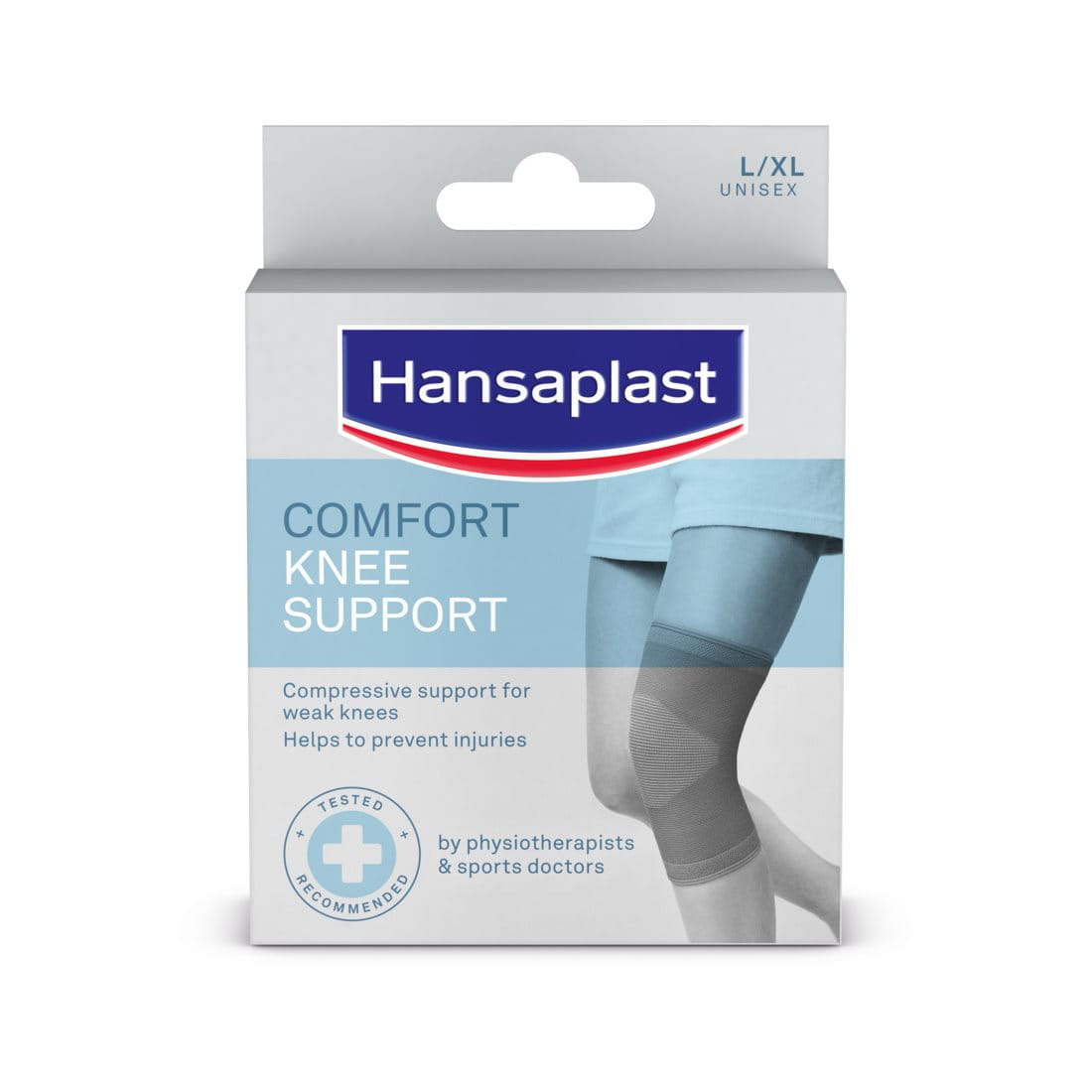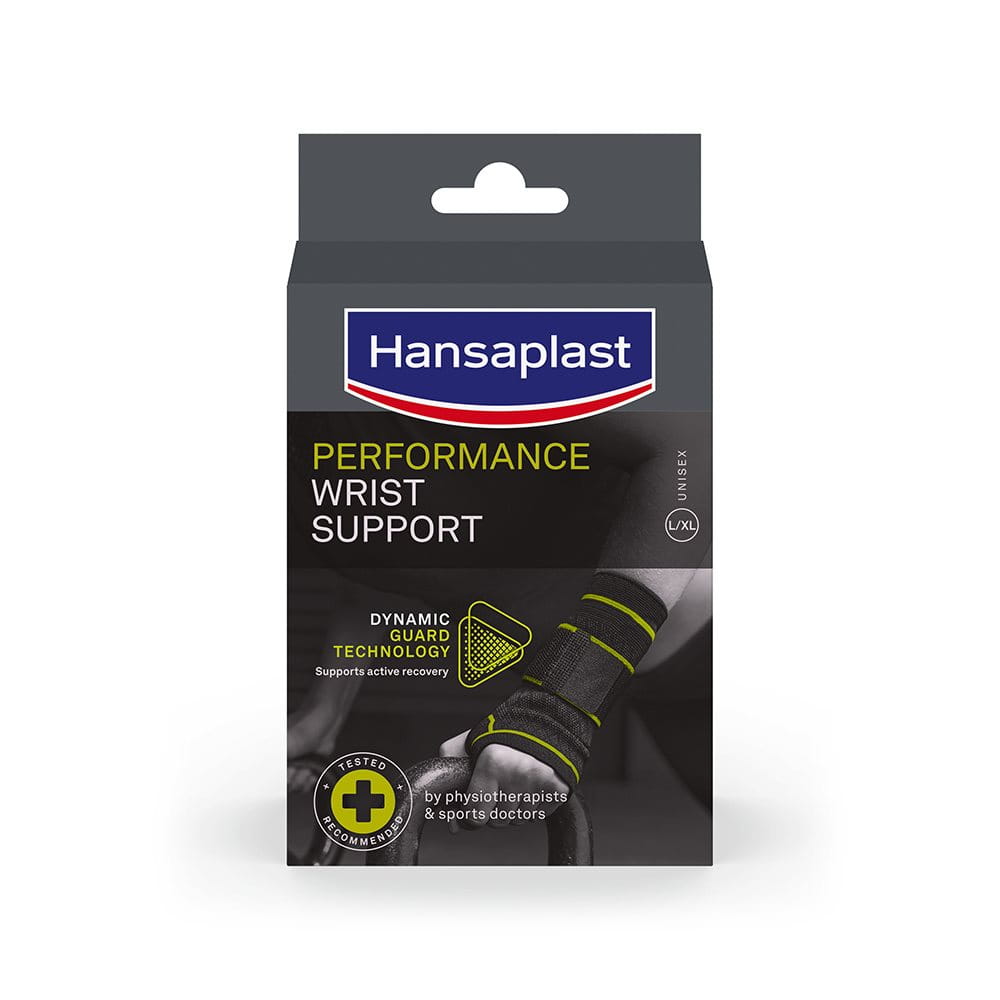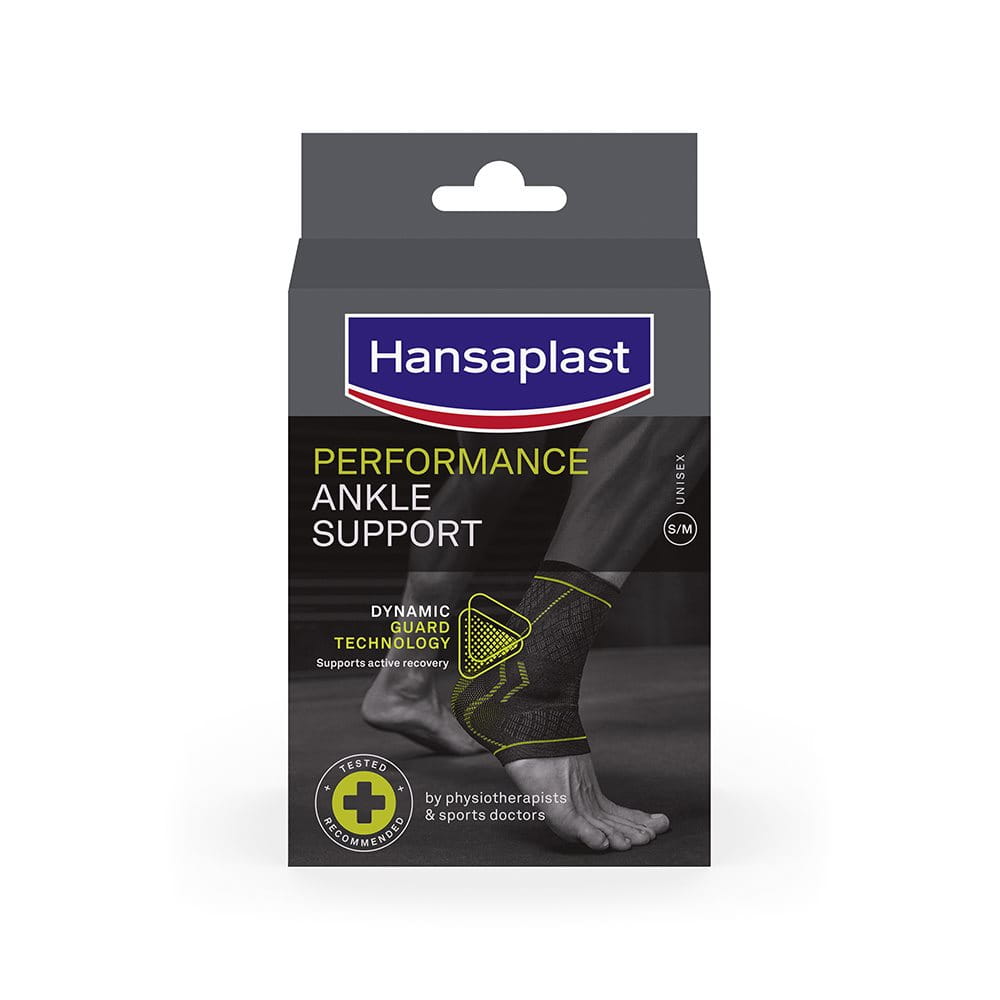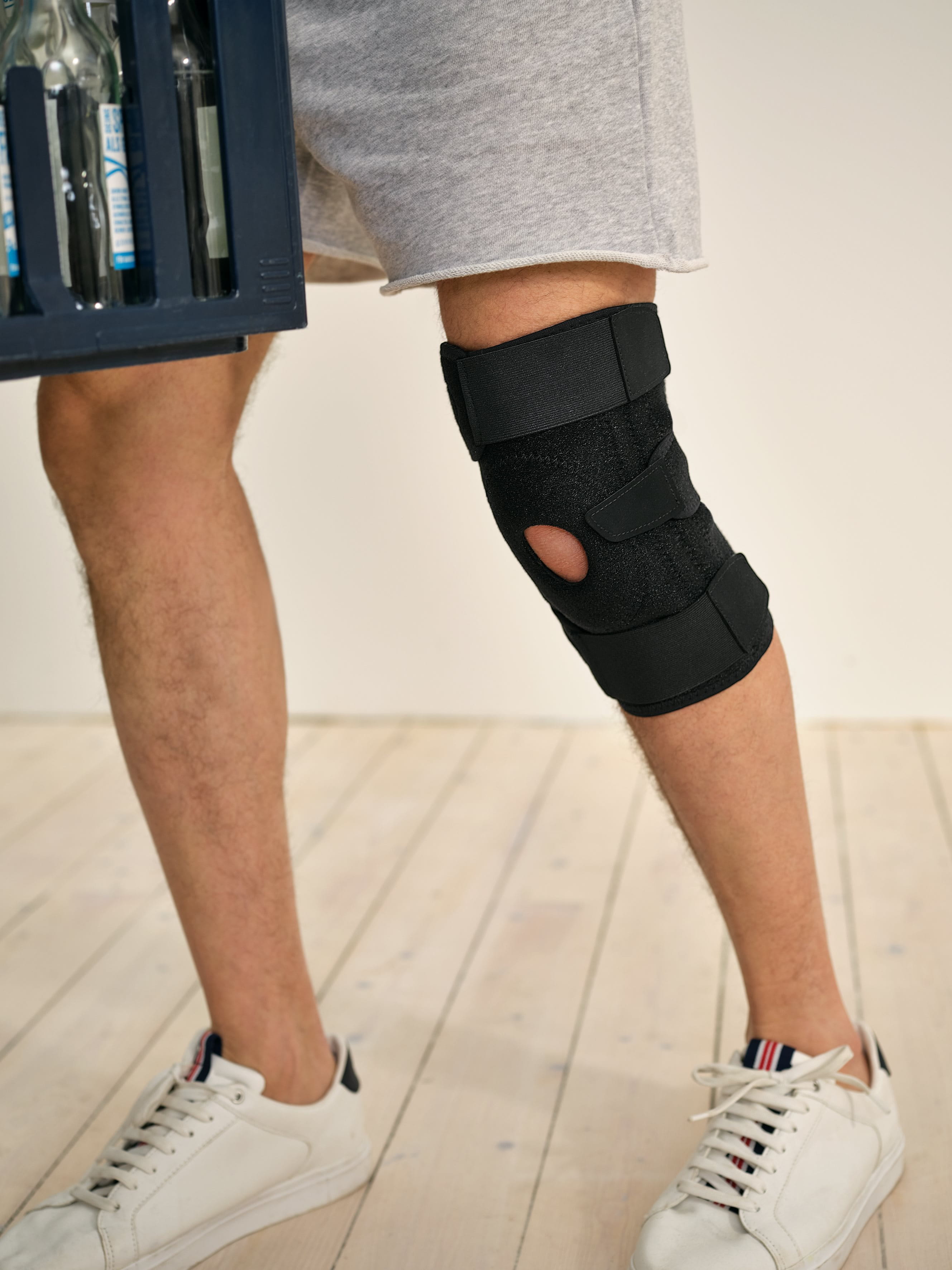What is a support brace and how does it work?
A support brace is a medical device designed to stabilize, protect, and support specific joints or muscle groups, like knee braces, wrist braces or thumb braces. They can play a vital role in injury management by helping to prevent further damage and assisting pain relief during the recovery processes or ease everyday life for patients dealing with chronic pain in these areas.
They work by providing stabilization, which ensures that weakened or injured areas are supported thus reducing the risk of additional strain. Due to their stiff and tight-fitting nature, braces can prevent overextension or excessive movement in vulnerable areas by limiting the range of motion. This controlled setting can allow the healing process to occur more effectively, for example after a muscle strain or while recovering from injuries.
Products like the Hansaplast support braces often incorporate materials that offer compressive support for the joint and underlying tissue helping to reduce swelling. Continuous gentle pressure stimulates specific receptors, the so-called proprioception. This is the body’s awareness of joint positioning. It is critical for maintaining balance and coordination and can help to feel safer with your stance.
There are different levels of support depending on your injury, pain and healing status. While some might need proper stabilization from a rigid brace, others might feel more comfortable with a lighter brace offering a mild level of support. Hansaplast offers a wide range of products, enabling users to customize the level of compression and support to meet their individual needs.
